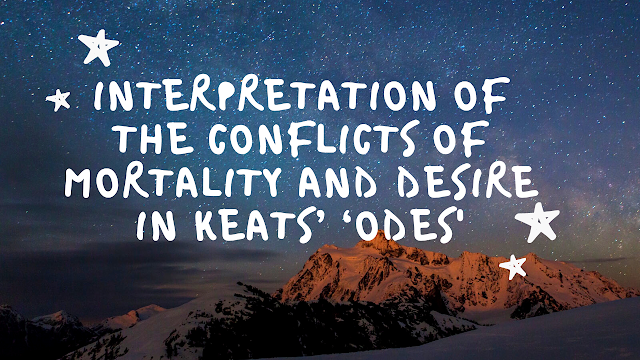Arms And The Man enables us not only to laugh but also to think
"Arms and the Man" by George Bernard Shaw— A Brilliant Anti-Romantic Comedy
The well-known Irish playwright George Bernard Shaw is the author of one of his most well-known plays, "Arms and the Man." A masterful example of anti-romantic comedy, Shaw parodies the conventional notions of war, heroism, and romantic love in this play, which was first performed in 1894. Shaw exposes war as irrational, nonsensical, and occasionally downright stupid rather than portraying it as a noble and glorious event. In addition to making us laugh, he wants us to consider the fallacies that society frequently holds.
💥 Criticism of War and Heroism
The main focus of the play is Shaw's criticism of conventional heroism. The two main male characters, Captain Bluntschli and Sergius Saranoff, stand in for two diametrically opposed perspectives on masculinity and war.
Sergius is the stereotypical romantic hero—handsome, passionate, and seemingly brave. After leading a successful cavalry charge against the Serbian army, he gains notoriety. However, the truth reveals that his valiant achievement was due entirely to chance rather than talent or intelligence. The Bulgarian victory was an accident because the enemy soldiers were properly munited. Shaw utilizes this incident to demonstrate how conventional heroism frequently rests on myths and illusions rather than actuality.
Sergius exhibits character weakness by secretly falling in love with Louka, a fearless and disobedient maid, even though he is engaged to Raina Petkoff. Since he doesn't live up to the lofty principles he professes to uphold, this further diminishes his character.
Captain Bluntschli, on the other hand, is a Swiss mercenary who engages in professional combat but has no romantic outlook on war. He is practical, honest, and realistic. He surprises Raina and the audience when he first shows up in the play while fleeing the battlefield with chocolate creams in his hand rather than bullets. Bluntschli's practicality is evident in this decision; he understands that, in most cases, food is more crucial for survival than weapons.
Ironically, Raina's loving nickname, "the chocolate cream soldier," draws attention to his true bravery and intelligence. Despite not acting or looking like a hero by conventional standards, he is the play's real hero.
💕 Romanticism vs. Reality in Love
Shaw questions conventional notions of romantic love in the same way that he dismantles the concept of war. Like the romantic novels she reads, Raina is a dreamer at the start of the play, full of visions of glorious war and noble love. Sergius is her ideal hero, and she worships him.
But her encounter with Bluntschli makes her realize things. She starts to see the hollowness of Sergius's principles and is drawn to Bluntschli's intelligence and sincerity. One of the play's main themes is Raina's development from an idealistic romantic to a sensible, grounded woman.
Ultimately, choosing Bluntschli over Sergius represents her discovery of true love—one founded on equality, trust, and understanding rather than beauty or fantasy.
🧩 Anti-War, Anti-Class, and Anti-Idealist Themes
Arms and the Man challenges society's inflexible class structures in addition to its anti-romantic tone. Shaw's views on social equality and personal potential are embodied by characters such as Louka, a maid who dares to hope to marry a nobleman.
The notion that war is necessary or glorious is also criticized in the play. Shaw highlights that war is frequently pointless, ill-advised, and founded on false pride through Bluntschli's experiences and Sergius's vacuous accomplishments.
Shaw challenges the audience to reject traditional notions of honor, love, and social order through his iconoclastic (anti-traditional) ideas. He uses comedy to educate and elicit thought in addition to providing entertainment.
🎭 Conclusion
George Bernard Shaw's "Arms and the Man" is a clever, witty, and reflective comedy that parodies the heedless adoption of romantic ideals. Shaw inspires his audience to embrace realism, intelligence, and authenticity by demonstrating the perils and deceptive nature of irrational ideas about love and war.
This is a play that strives for intellectual awakening rather than merely amusement. Arms and the Man is still powerful and relevant today because of this. It truly enables us not only to laugh but also to think.
[Tags: #GeorgeBernardShaw #ArmsAndTheMan #AntiRomanticComedy #PlayAnalysis #EnglishDrama #RealismInLiterature #Raina #Bluntschli #RomanticVsReality]




Comments
Post a Comment